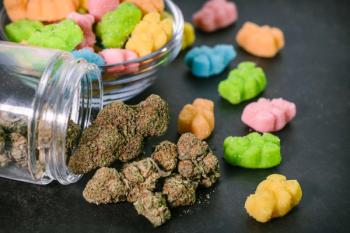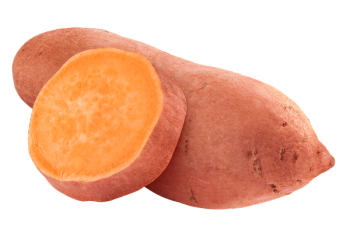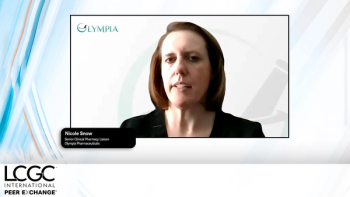
LC-MS and GC-MS Analysis in Complex Matrices
When John Hinshaw recommended Session 800, "LC-MS and GC-MS Analysis in Complex Matrices," a glance at the lineup told me this would be a "scientist's" session; one filled with hard science from university laboratories and private facilities around the world.
When John Hinshaw recommended Session 800, “LC–MS and GC–MS Analysis in Complex Matrices,” a glance at the lineup told me this would be a “scientist’s” session; one filled with hard science from university laboratories and private facilities around the world. Add to this the pertinent nature of the material — the difficult “dirty” samples encountered so often such as blood, oil, and food and beverages — and this session was clearly a winner.
The surge in biofuels research was reflected here, with a presentation delivered by a team from Quantum Analytics on using GC–MS to characterize the fatty acids in algae prior to converting them to biofuels. This kind of research is being seen more and more and the trend will continue as many companies look at ways to produce different forms of fuel.
However, traditional petroleum isn’t going anywhere any time soon, and neither is the research surrounding it, as seen in the presentation by a team from Duquesne University, who used mass spectrometry to analyze mercury in crude oil samples. Critical research such as this will certainly be relevant for years to come.
Another highlight came from a team at the University of Toronto, who used HPLC to analyze blood plasma. This demonstrates the continuing trend toward using HPLC and LC techniques in general to analyze samples that were previously the exclusive domain of gas chromatography. More research in this area can only make critical biomedical research more effective and help save more people in the world outside the laboratory.
Newsletter
Join the global community of analytical scientists who trust LCGC for insights on the latest techniques, trends, and expert solutions in chromatography.





